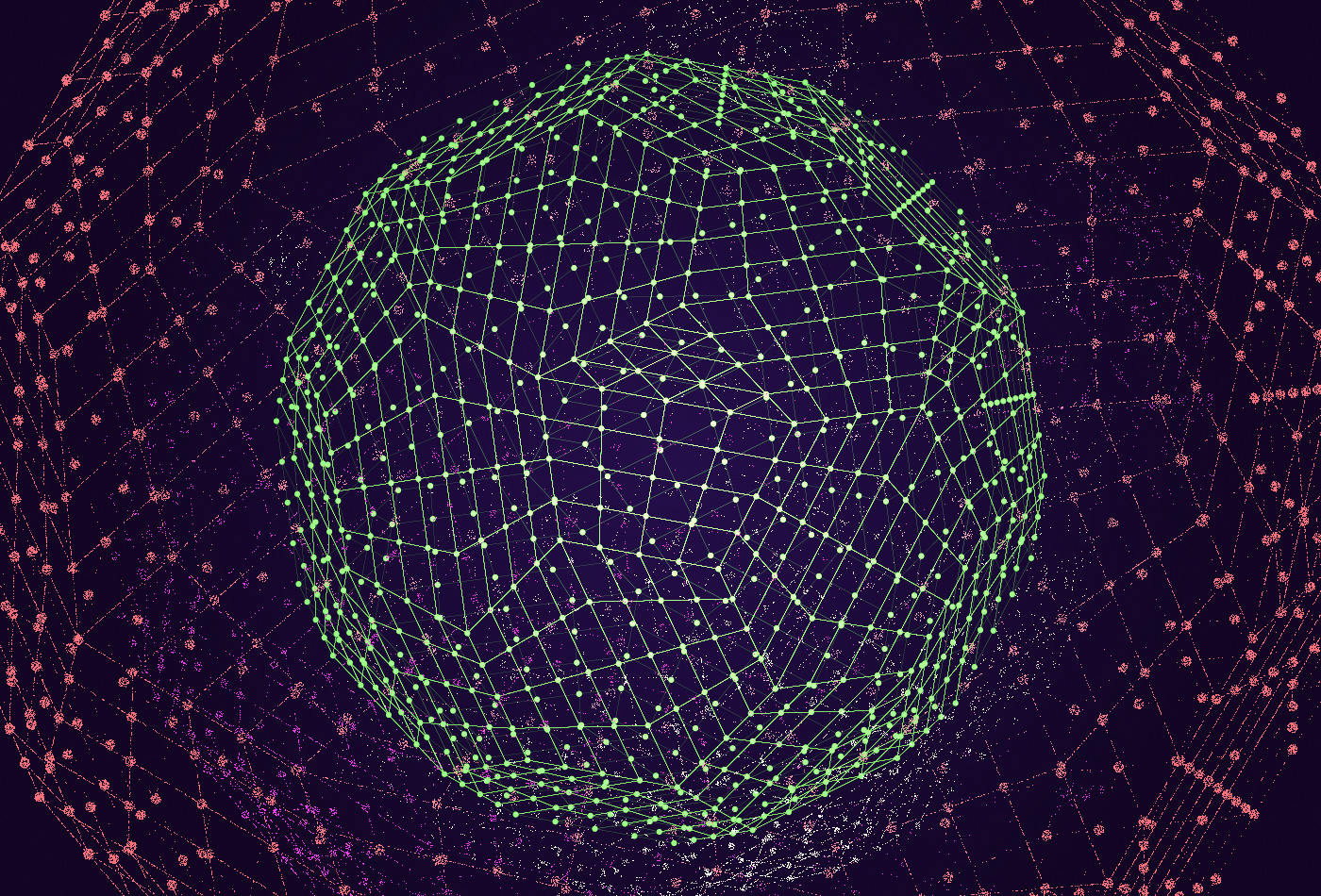
Every year starts with a round of predictions for the new year, most of which end up being wrong. But why fight against tradition? Here are my predictions for 2022.
The safest predictions are all around AI.
- We’ll see more “AI as a service” (AIaaS) products. This trend started with the gigantic language model GPT-3. It’s so large that it really can’t be run without Azure-scale computing facilities, so Microsoft has made it available as a service, accessed via a web API. This may encourage the creation of more large-scale models; it might also drive a wedge between academic and industrial researchers. What does “reproducibility” mean if the model is so large that it’s impossible to reproduce experimental results?
- Prompt engineering, a field dedicated to developing prompts for language generation systems, will become a new specialization. Prompt engineers answer questions like “What do you have to say to get a model like GPT-3 to produce the output you want?”
- AI-assisted programming (for example, GitHub Copilot) has a long way to go, but it will make quick progress and soon become just another tool in the programmer’s toolbox. And it will change the way programmers think too: they’ll need to focus less on learning programming languages and syntax and more on understanding precisely the problem they have to solve.
- GPT-3 clearly is not the end of the line. There are already language models bigger than GPT-3 (one in Chinese), and we’ll certainly see large models in other areas. We will also see research on smaller models that offer better performance, like Google’s RETRO.
- Supply chains and business logistics will remain under stress. We’ll see new tools and platforms for dealing with supply chain and logistics issues, and they’ll likely make use of machine learning. We’ll also come to realize that, from the start, Amazon’s core competency has been logistics and supply chain management.
- Just as we saw new professions and job classifications when the web appeared in the ’90s, we’ll see new professions and services appear as a result of AI—specifically, as a result of natural language processing. We don’t yet know what these new professions will look like or what new skills they’ll require. But they’ll almost certainly involve collaboration between humans and intelligent machines.
- CIOs and CTOs will realize that any realistic cloud strategy is inherently a multi- or hybrid cloud strategy. Cloud adoption moves from the grassroots up, so by the time executives are discussing a “cloud strategy,” most organizations are already using two or more clouds. The important strategic question isn’t which cloud provider to pick; it’s how to use multiple providers effectively.
- Biology is becoming like software. Inexpensive and fast genetic sequencing, together with computational techniques including AI, enabled Pfizer/BioNTech, Moderna, and others to develop effective mRNA vaccines for COVID-19 in astonishingly little time. In addition to creating vaccines that target new COVID variants, these technologies will enable developers to target diseases for which we don’t have vaccines, like AIDS.
Now for some slightly less safe predictions, involving the future of social media and cybersecurity.
- Augmented and virtual reality aren’t new, but Mark Zuckerberg lit a fire under them by talking about the “metaverse,” changing Facebook’s name to Meta, and releasing a pair of smart glasses in collaboration with Ray-Ban. The key question is whether these companies can make AR glasses that work and don’t make you look like an alien. I don’t think they’ll succeed, but Apple is also working on VR/AR products. It’s much harder to bet against Apple’s ability to turn geeky technology into a fashion statement.
- There’s also been talk from Meta, Microsoft, and others, about using virtual reality to help people who are working from home, which typically involves making meetings better. But they’re solving the wrong problem. Workers, whether at home or not, don’t want better meetings; they want fewer. If Microsoft can figure out how to use the metaverse to make meetings unnecessary, it’ll be onto something.
- Will 2022 be the year that security finally gets the attention it deserves? Or will it be another year in which Russia uses the cybercrime industry to improve its foreign trade balance? Right now, things are looking better for the security industry: salaries are up, and employers are hiring. But time will tell.
And I’ll end a very unsafe prediction.
- NFTs are currently all the rage, but they don’t fundamentally change anything. They really only provide a way for cryptocurrency millionaires to show off—conspicuous consumption at its most conspicuous. But they’re also programmable, and people haven’t yet taken advantage of this. Is it possible that there’s something fundamentally new on the horizon that can be built with NFTs? I haven’t seen it yet, but it could appear in 2022. And then we’ll all say, “Oh, that’s what NFTs were all about.”
Or it might not. The discussion of Web 2.0 versus Web3 misses a crucial point. Web 2.0 wasn’t about the creation of new applications; it was what was left after the dot-com bubble burst. All bubbles burst eventually. So what will be left after the cryptocurrency bubble bursts? Will there be new kinds of value, or just hot air? We don’t know, but we may find out in the coming year.
